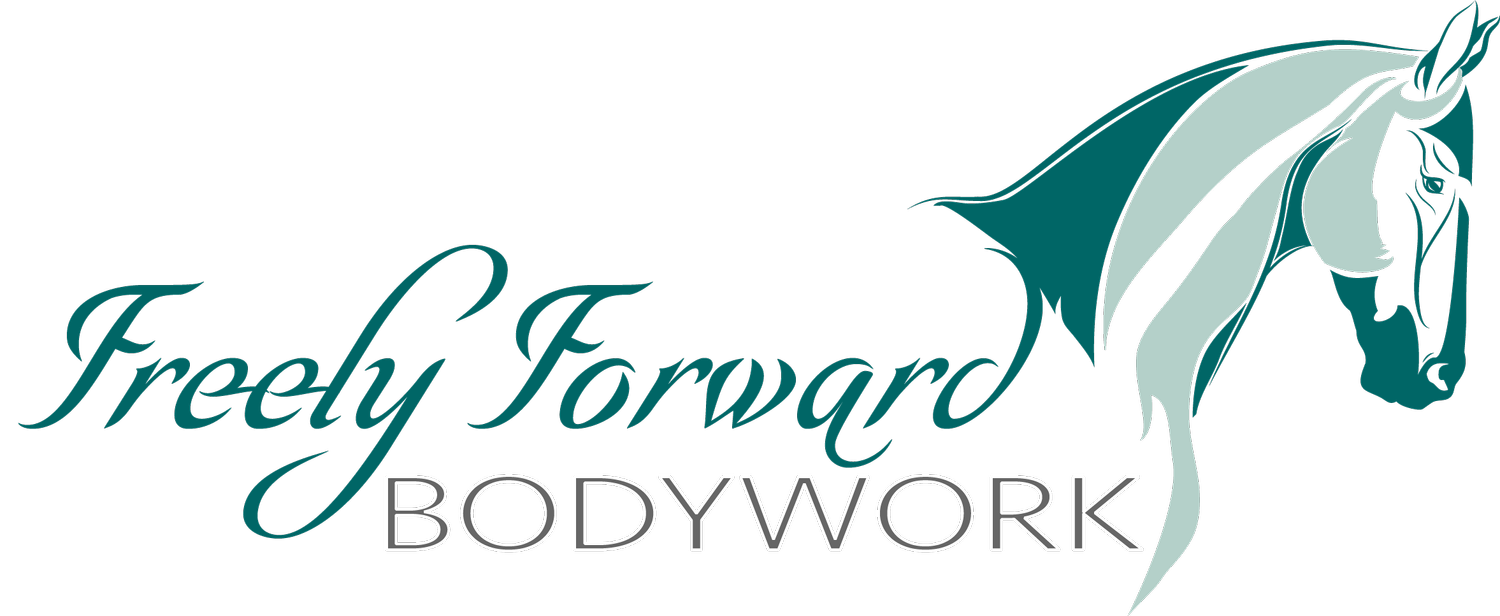How Equestrians look at Lameness, Pain, and Injury in Horses
I had a really incredible lightbulb moment about the way we as equestrians look at lameness, pain, and injury in our horses.
I was listening to Dr. Audrey DeClue’s podcast, the Horse First, and she said “The body moves the horse”. I never thought to put it this way, but its a really incredibly concise way to sum up what can be a bit of a complicated concept, which is that muscles move the body, not joints or bones. The only way movement happens in a horse is because of muscle- the longissimus muscle contracts to hollow the back, the gluteal muscles contract to extend the hip, the quadriceps muscles contract to flex the stifle. Yet, our industry almost always looks at lameness from the “ground up” instead of examining if pain or difficulty in movement could be coming from the muscle that’s actually causing it.
For those of you who don’t know, I’m an equine massage therapist and specialize in myofascial release. My experience encourages me to look at the horse’s musculature, but I’ve often found that fellow equestrians focus on the horse’s lower legs as the only place where they can have pain or injury. It’s pretty common to see a horse having a nonspecific pain issue, and their owner have basically every joint injected before even considering an exercise or massage program.
“45% of a horse’s bodyweight is muscle… I find it very interesting that we,[ equine veterinarians] as a profession, that we are not recognizing that many of the problems that we see in performance are [from the] axial skeleton, which is from the nose to the tail, and not the limbs… ” EPISODE 43 , The Horse First Podcast
In perfect synergy, I read Jean-Marie Denoix’s book, “Biomechanics and Physcial Training of the Horse”. He is a worldwide authority on applied equine anatomy, biomechanics, imaging, and clinical diagnosis of equine lameness. I pulled this quote that he wrote-
“Flexion of the hip is limited by eccentric contraction of the middle gluteal and caudal femoral muscles. Flexion of the stifel is regulated by the action of the quadriceps femoris muscles (in particular the vastus muscles). Stability of the hock is created through tension on the superficial digital flexor tendon and eccentric contraction of the gastrocnemius muscle, which are linked to the femoral tibial joint.” (p.34)
As you can see, the muscular system is incredibly important not only to the fluidity of the horse’s movements, but the health and stability of their joints.
Therefore, for the well being of your horse, it is imperative that you care for their muscles.
Proper nutrition, warm up and cool down protocol, and massage therapy are all part of an excellent regime that will help your horse feel their best.
